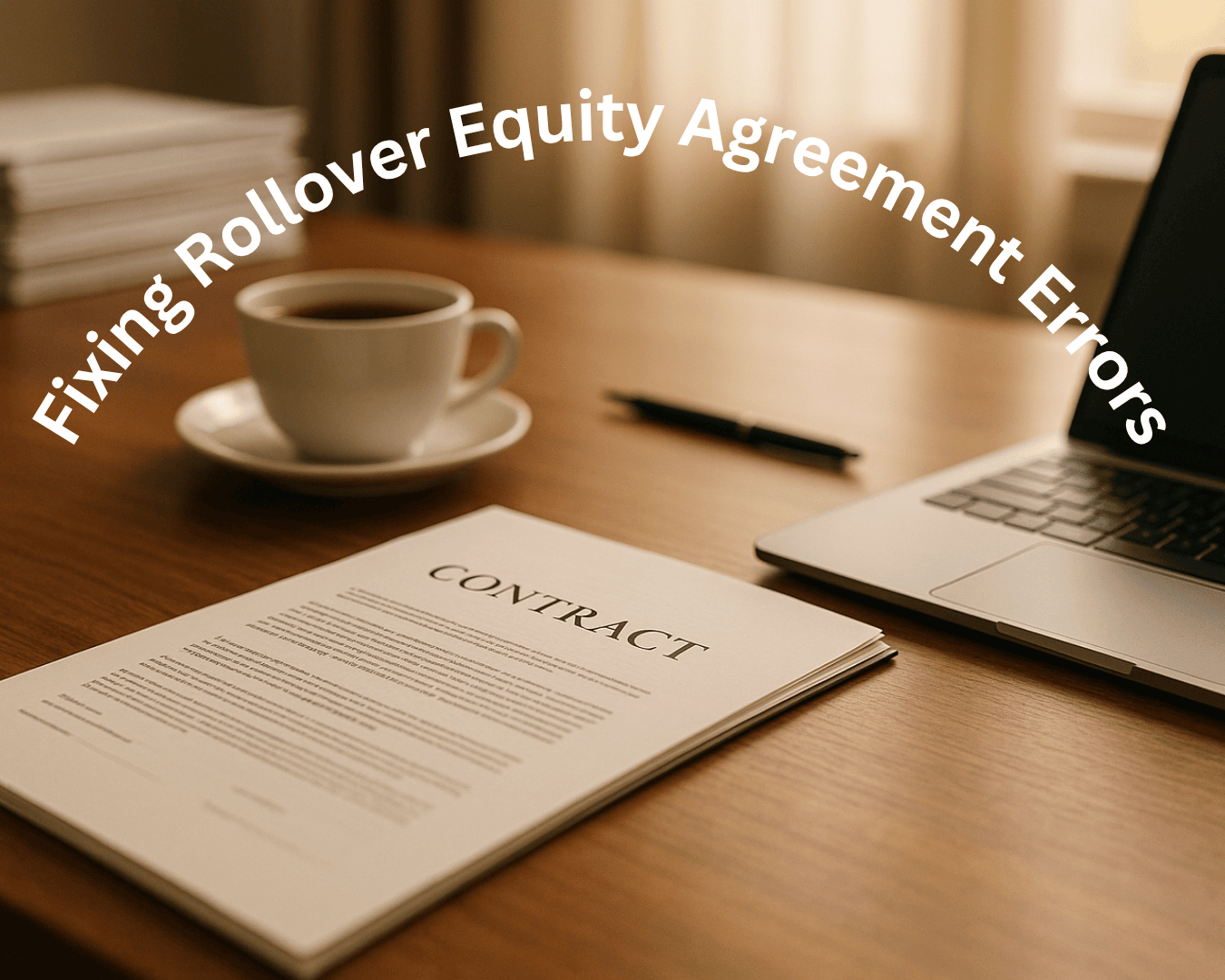Securing a loan to buy a business can feel overwhelming, but understanding how lenders evaluate applications makes the process clearer. Here's what you need to know:
- Lenders focus on two main areas: your financial profile and the structure of the deal.
- Key personal factors include credit history, liquidity, net worth, and cash flow. Lenders want to ensure you can manage loan payments and business operations.
- Deal structure matters: A larger down payment and proper documentation, like business valuations and purchase agreements, increase approval chances.
- Underwriting steps: Pre-qualification, document verification, risk analysis, and final approval. SBA loans often take 60–90 days, while alternative lenders may approve in 24–48 hours.
- Strong applications include a detailed business plan, clear financial documentation, and evidence of collateral.
Business Acquisition Underwriting Standards feat. Brian Carlson, Kay Anderson, & Charles Rho
What Lenders Look For in Business Acquisition Loans
When applying for a business acquisition loan, lenders assess both your financial profile and the structure of the deal. Knowing what they prioritize can help you make a stronger case for approval.
Buyer's Financial Profile
Lenders want to ensure you have the financial stability and capability to handle both the debt and the responsibilities of running the business.
-
Credit History and Scores
Your credit history is under the microscope. Lenders examine both personal and business credit scores, looking at factors like payment history, outstanding debts, credit utilization, and any negative marks. A solid credit profile gives them confidence in your ability to manage debt responsibly. -
Capital Investment and Net Worth
A substantial down payment is often required to show your commitment to the purchase and to minimize the lender’s risk. They’ll also evaluate your net worth by comparing your assets to your liabilities. -
Liquidity and Cash Reserves
Having liquid assets - like cash, stocks, or accounts receivable - is a big plus. It shows lenders you’re prepared to handle unexpected costs and can repay the loan even if challenges arise. -
Personal Cash Flow and Income Sources
Lenders review your income streams, including your primary salary and any secondary sources, to confirm you can comfortably manage living expenses alongside the new loan payments.
While your financial standing is critical, the structure of the deal itself also carries significant weight.
Deal Structure Requirements
- Down Payment Requirements
Most business acquisition loans require a down payment. For instance, SBA 7(a) loans typically call for 10% to 25% down, whereas conventional bank loans may require 20% to 30% or more. A larger down payment demonstrates your commitment to the business and lowers the lender’s risk, making the deal more appealing to them.
How the Underwriting Process Works
Understanding the underwriting timeline is essential for planning your acquisition effectively. The process generally unfolds in four main stages, each with its own set of tasks and potential delays.
Pre-Qualification and Application Submission
The underwriting journey begins with pre-qualification, where lenders perform a quick assessment to decide if your loan request is worth pursuing. During this phase, they take a basic look at your credit score, income, and the overall structure of the deal. You’ll need to provide preliminary financial details and acquisition information.
Accuracy is key here. Completing all required forms and submitting accurate documentation is critical. Missing details or mismatched information between your application and supporting documents can slow things down.
Once your initial submission is reviewed, the next step is to gather and verify all necessary paperwork.
Document Collection and Verification
If your application clears the initial screening, the lender will request a more comprehensive set of documents. Having everything ready to go can speed up this stage significantly.
Lenders will carefully verify every piece of financial data you provide. This includes cross-checking tax returns with bank statements, confirming your employment history, and reviewing the target business's financial records. For business acquisitions, they’ll also examine purchase agreements, business valuations, and any legal or lien-related issues tied to the business.
Being upfront about any financial challenges - like credit problems, outstanding liens, or past bankruptcies - can help avoid delays during this phase.
Underwriter Analysis and Risk Assessment
Next, underwriters dive into analyzing your financial profile, the performance of the business you’re acquiring, and the overall deal structure. Their goal is to assess the risk involved and ensure your finances can support both loan repayment and ongoing business operations.
The timeline for this phase depends on the lender. Traditional banks often take longer due to their rigorous standards, while alternative lenders, leveraging technology, can complete this step in 24 to 72 hours for simpler loans. SBA loans typically fall somewhere in the middle, with underwriting taking anywhere from 10–14 days to as long as 60–90 days.
Underwriters may ask for additional documents or clarifications during this stage. Delays in responding to these requests can extend the timeline.
Once this analysis is complete, the process moves to the final decision stage.
Final Decision and Approval
After completing their review, underwriters present their findings to the lending committee or final decision-maker. For SBA loans, this step involves both lender approval and an SBA review, adding an extra layer of complexity.
From start to finish, the process for SBA loans typically takes 60 to 90 days. Alternative lenders, on the other hand, can sometimes approve applications in just 24–48 hours, though this speed often comes with higher interest rates. Traditional banks usually take longer due to their stricter requirements.
If your loan is denied, lenders generally provide feedback explaining their decision. It’s a good idea to address these concerns and wait 30–90 days before reapplying, giving yourself time to make any necessary financial or credit improvements. Use the feedback to strengthen your next application.
sbb-itb-a3ef7c1
Required Documentation for Loan Applications
Getting your paperwork in order is key to avoiding delays or rejections. Lenders rely on accurate and thorough documentation to evaluate your financial standing and the feasibility of the deal you're pursuing.
Personal and Business Financial Documents
Your personal financial records form the backbone of your loan application. Start by submitting three years of personal tax returns (Form 1040 with all schedules). You'll also need a personal balance sheet that outlines your assets, liabilities, and net worth, along with bank statements from the past three to six months.
For your business, include profit and loss statements, balance sheets, and cash flow statements that comply with GAAP standards. These documents must align with your tax returns - any inconsistencies could raise concerns with lenders.
To give lenders a clear picture of your current financial health, provide monthly financial statements for the current year, noting any seasonal trends or fluctuations. If you're applying for an SBA loan, interim financial statements that are no more than 180 days old are required.
These financial documents are the cornerstone of your loan application and support all other materials you'll submit.
Business Valuation and Purchase Agreements
In addition to financial records, you'll need proper business valuations and legal documents to back up the viability of your acquisition. A professional valuation is critical - it justifies the purchase price and highlights the business's ability to generate steady cash flow to repay the loan. For industries with significant intangible assets, such as financial advisory firms, insurance agencies, or medical practices, the valuation must account for elements like client relationships and goodwill.
It's best to hire a certified business appraiser who adheres to recognized valuation standards. Their report should use multiple methods - such as asset-based, income-based, and market-based approaches - to provide a full picture of the business's value. Independent valuations carry more weight than seller estimates, so this step is worth the investment.
You'll also need to include your Letter of Intent (LOI) and a detailed Purchase Agreement in your application, especially for SBA loans. Be sure to gather all relevant legal documents related to the transaction.
Supporting Evidence for Collateral and Equity
To strengthen your application, include clear evidence of collateral and equity. For the down payment, provide documentation showing the source of funds, whether from savings, investment liquidations, or documented gift funds. Bank statements should clearly track the history of these funds.
If you're applying for an SBA loan, you may need to complete Form 413 (Personal Financial Statement) for all owners with at least 20% ownership in the acquiring business. This form requires a detailed breakdown of personal assets, liabilities, real estate, and other business interests.
When it comes to collateral, provide appraisals for real estate, equipment lists with current market values, and accounts receivable aging reports. If you're offering personal assets as additional collateral, include up-to-date appraisals or valuation statements.
Don’t forget about insurance documentation, which protects the lender's interests. This includes proof of adequate business insurance, such as general liability, property insurance, and key person life insurance. Many lenders require that the loan amount is covered by these policies.
Lastly, organize everything in an easy-to-follow format. Use a clear index, label each document, and ensure all pages are legible. Providing both physical and digital copies will help speed up the review process.
How to Strengthen Your Loan Application
Making your loan application stand out is crucial. The steps below build on the documentation and underwriting process previously discussed.
Prepare a Complete Business Plan
A well-crafted business plan is essential. It should clearly explain how you’ll use the loan funds, reflect a deep understanding of the market, and present realistic financial projections. Tailor your plan to align with the lender’s priorities, showcasing how you’ll manage risks and ensure the acquisition’s success.
Start by including detailed three-year financial projections with clear assumptions. Highlight your expertise in running this type of business and connect your background to the acquisition by emphasizing relevant, transferable skills.
Structure your deal to meet SBA debt service coverage standards. If you’re unsure about these calculations, consult an SBA loan consultant or lender early on. Additionally, assess the working capital required for day-to-day operations.
Your business plan should also account for all anticipated costs, such as fees for M&A attorneys, financial due diligence, and tax evaluations. Clearly outline how the loan funds will be allocated, demonstrate a solid financial strategy, and provide a thorough understanding of the market. Include measurable goals, projected return on investment, and a funding strategy that aligns with the business’s financials.
Build Strong Credit and Financial Health
Your credit profile plays a significant role in determining both your approval chances and loan terms. For SBA loans, a credit score of at least 650 is typically required.
Start by reviewing your personal and business credit reports. Correct any errors and dispute inaccuracies. Pay down existing debt and maintain consistent, on-time payments for several months before applying. Avoid opening new credit lines during the application and review period.
If your credit report includes collections, judgments, or tax liens, address and resolve these issues before submitting your application. Be ready to explain any past credit problems to your loan officer and provide solid reasoning for those issues.
"Lenders need to know that you are trustworthy to pay your debts. This is perhaps the most difficult of the Five C's to quantify, but probably the most important. Looking at Credit History is the best way for a lender to see the future." - AgSouth Farm Credit
Use Alternative Financing Options
Beyond your credit profile, exploring alternative financing methods can make your application stronger. For example, seller financing - where the current business owner finances part of the purchase price - can signal their confidence in the business’s future success.
You might also consider equity financing from angel investors, venture capitalists, or private equity firms. This approach not only reduces the loan amount needed but also demonstrates that experienced investors have vetted your deal. Another option is asset-based lending, which allows you to borrow against the target company’s assets, such as accounts receivable, inventory, or equipment.
Make sure you’re organized by preparing a comprehensive data room. This should include the last three years of business tax returns, current year-to-date profit and loss statements, balance sheets, your SBA Personal Financial Statement, resume, recent credit reports, the signed Letter of Intent, and a detailed sources and uses of funds model.
Aligning Your Acquisition Plans with Lender Expectations
To secure financing for an acquisition, it’s essential to align your deal structure with the key factors lenders consider during underwriting. Lenders are drawn to acquisitions that promise reliable returns, so structuring your plans to meet their expectations is critical.
Start by building a strong financial foundation. This includes maintaining solid personal credit, a healthy debt-to-income ratio, and enough liquid assets to cover the down payment and initial operations. Beyond these essentials, lenders want assurance that you understand the business you’re acquiring and have a practical plan for running it successfully. These factors set the stage for how lenders evaluate your application.
Lenders prioritize businesses with steady cash flow, consistent revenue, and profit margins that meet industry standards. If the business you’re targeting has seasonal fluctuations or other challenges, be ready to explain how you’ll manage these while ensuring debt payments are covered.
The structure of your deal also plays a big role in how lenders assess risk. Features like seller financing or a larger down payment can reduce perceived risk and make your proposal more appealing.
Industry stability is another key consideration. Lenders tend to favor industries with predictable cash flows. However, if you’re venturing into a more volatile sector, it’s important to outline your risk management strategies and highlight any relevant experience you bring to the table.
Your business plan should tie the target company’s historical performance to your strategic vision. Use conservative, well-researched financial projections to demonstrate that your plan is grounded in market realities.
Clearly Acquired’s platform can simplify this process by using AI-driven tools to help you create a polished financing package that aligns with lender expectations.
Apply for financing after you’ve identified your target and completed initial due diligence. This timing allows you to address any lender concerns and, if necessary, explore alternative financing options.
FAQs
What key aspects of my financial profile do lenders evaluate for a business acquisition loan?
When applying for a business acquisition loan, lenders examine key aspects of your financial profile to assess your suitability. One of the primary factors is your credit score, which indicates how dependable you are when it comes to repaying debts. They’ll also look at your overall financial health, including the stability of your income, your current debt levels, and how much liquidity you have. Another critical piece is the amount of capital investment you can bring to the table - it shows your commitment to the purchase.
Lenders also rely on the "Five Cs of Credit" to guide their evaluation. These include your character, which reflects your trustworthiness and relevant experience; capacity, or your ability to repay the loan based on cash flow; and collateral, the assets you can offer as security. Strengthening and thoroughly documenting these factors can significantly boost your chances of getting approved.
How can I structure my business acquisition deal to meet lender expectations and improve my chances of loan approval?
To make your deal attractive to lenders, concentrate on the factors they value most. Highlight strong cash flow, provide sufficient collateral, and include a reasonable down payment or equity investment - usually between 10% and 25% of the purchase price. Back this up with clear, detailed documentation that illustrates the target business’s profitability, assets, and overall financial health.
It’s also crucial to structure the deal with a realistic valuation, a well-thought-out repayment plan, and smart use of collateral. These elements not only build lender confidence but also show that you’re well-prepared and serious about the acquisition.
What are some common mistakes during the underwriting process, and how can I avoid them to speed up loan approval?
Lenders consider a variety of factors when assessing business acquisition loans, and certain mistakes can significantly slow down - or even derail - the approval process. To boost your chances of success, steer clear of these common pitfalls:
- Weak credit profile: Before applying, take steps to strengthen your credit score and resolve any outstanding issues in your credit history.
- Incomplete financial documentation: Provide complete, accurate, and up-to-date financial records, including tax returns, bank statements, and financial statements, to demonstrate your financial stability.
- Unpolished business plan: Make sure your business plan is thorough and practical, clearly outlining your goals, strategies, and how the acquisition will yield returns.
- Insufficient collateral or down payment: Be ready to offer sufficient collateral or a reasonable down payment to show your commitment to the loan.
Taking the time to address these areas ahead of time can help align your application with what lenders are looking for, making the process smoother and more efficient.














.png)





























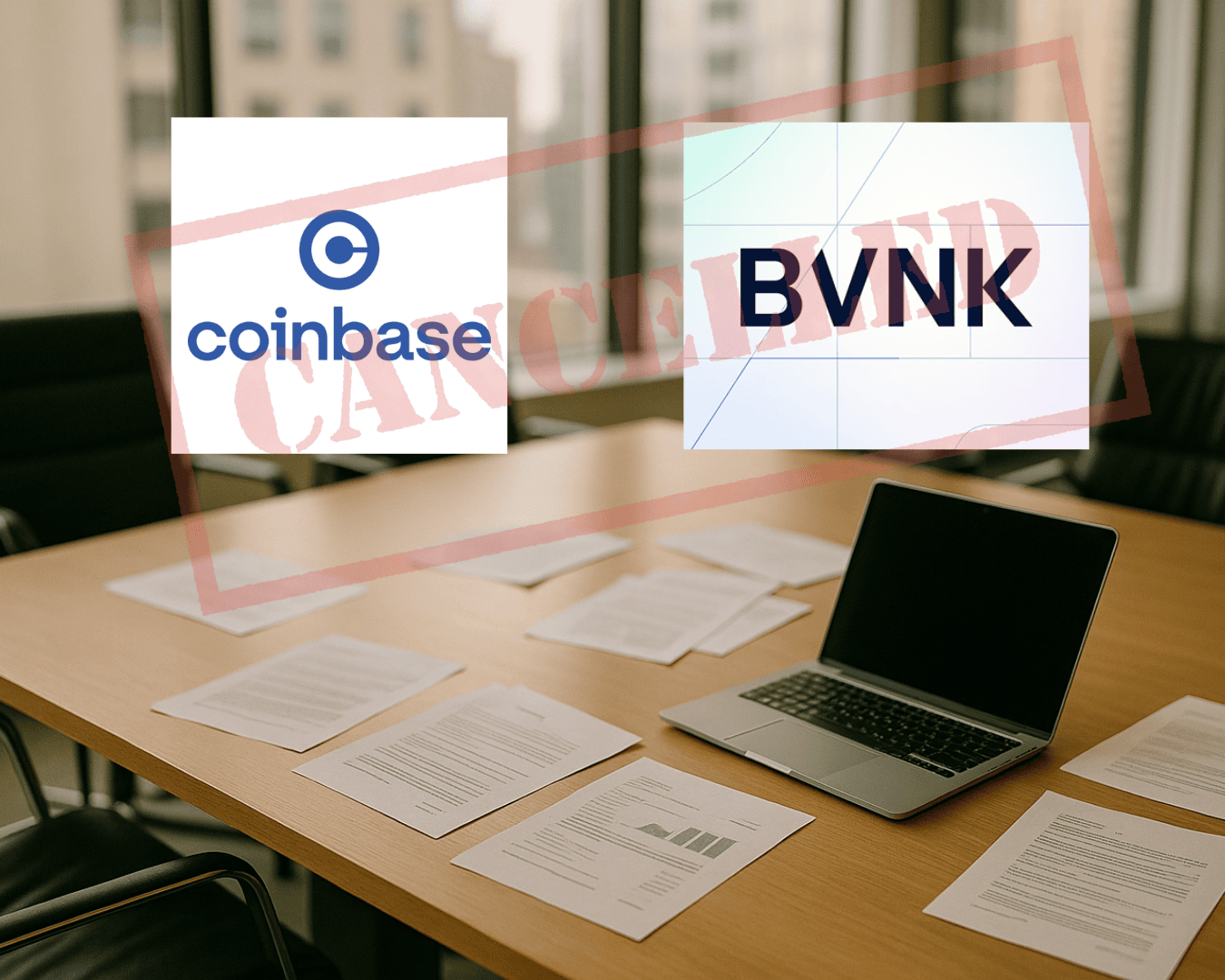









.png)

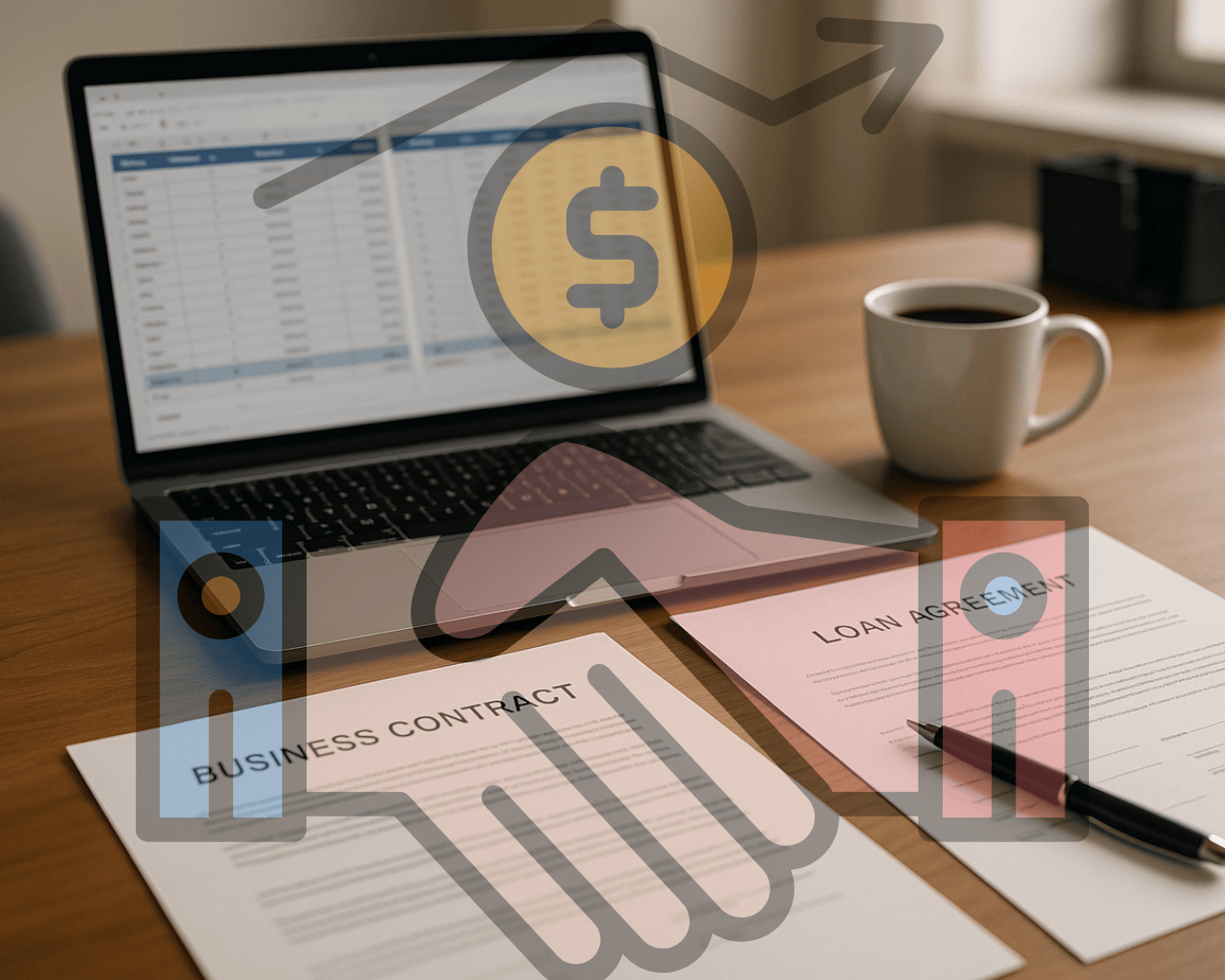


























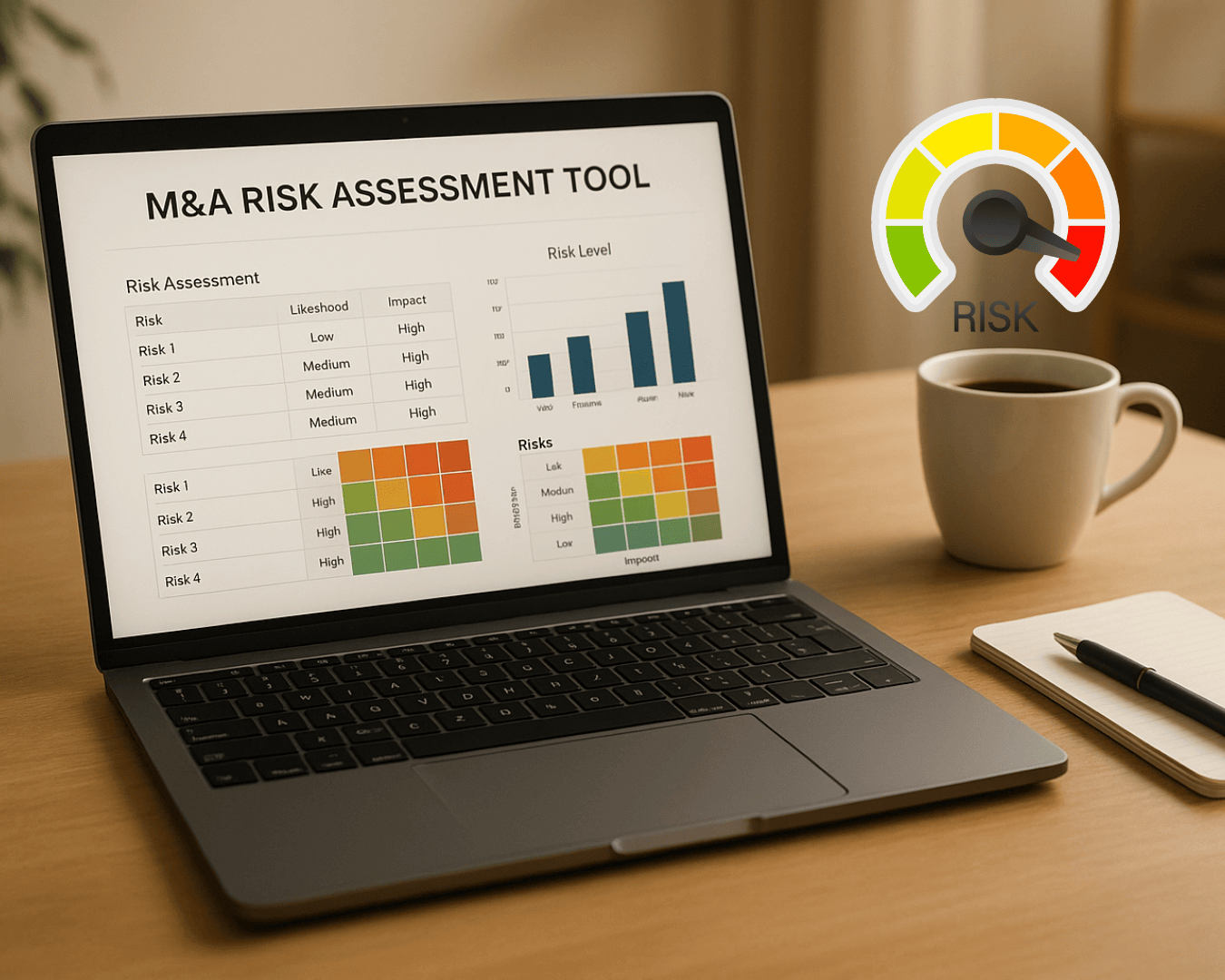

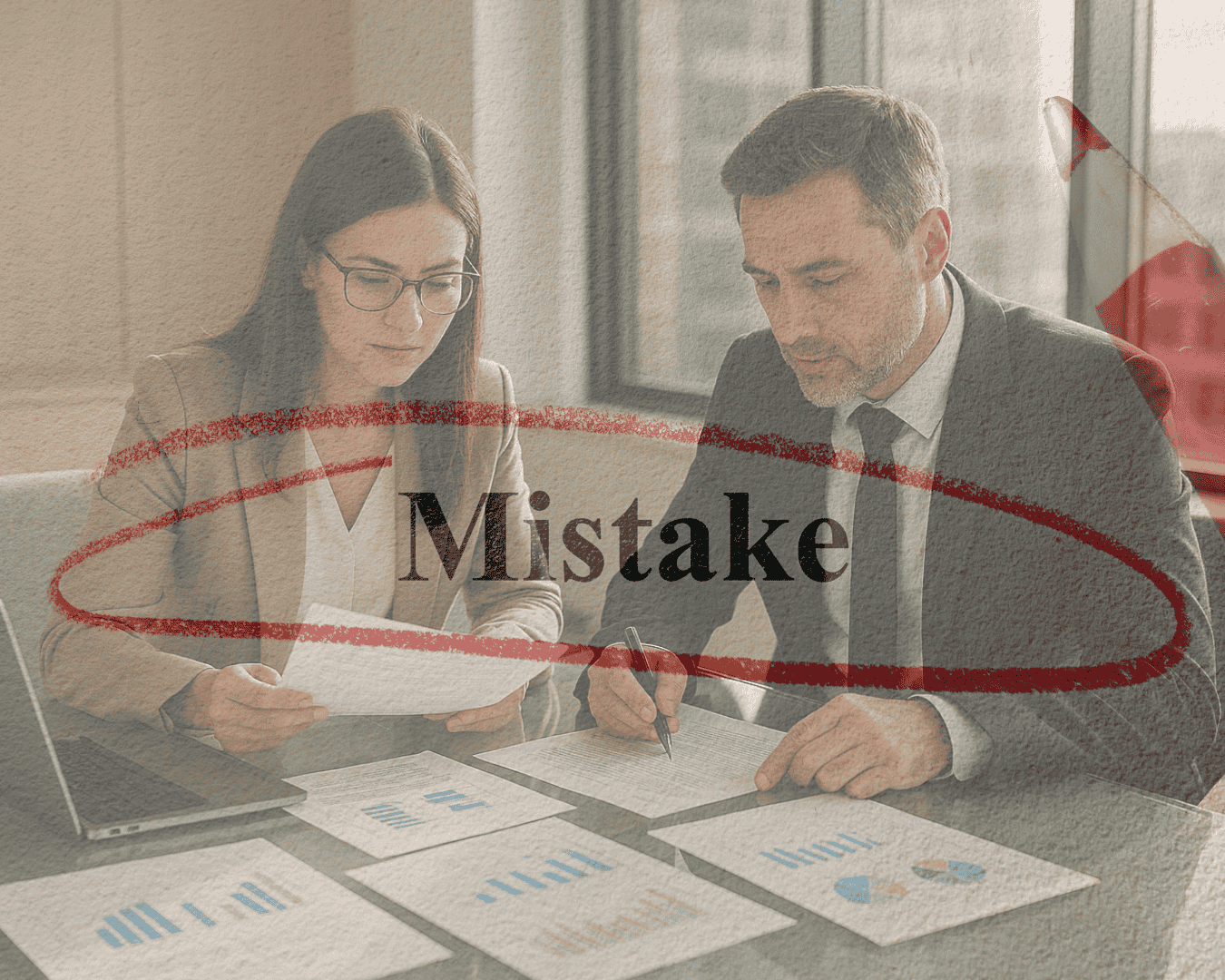
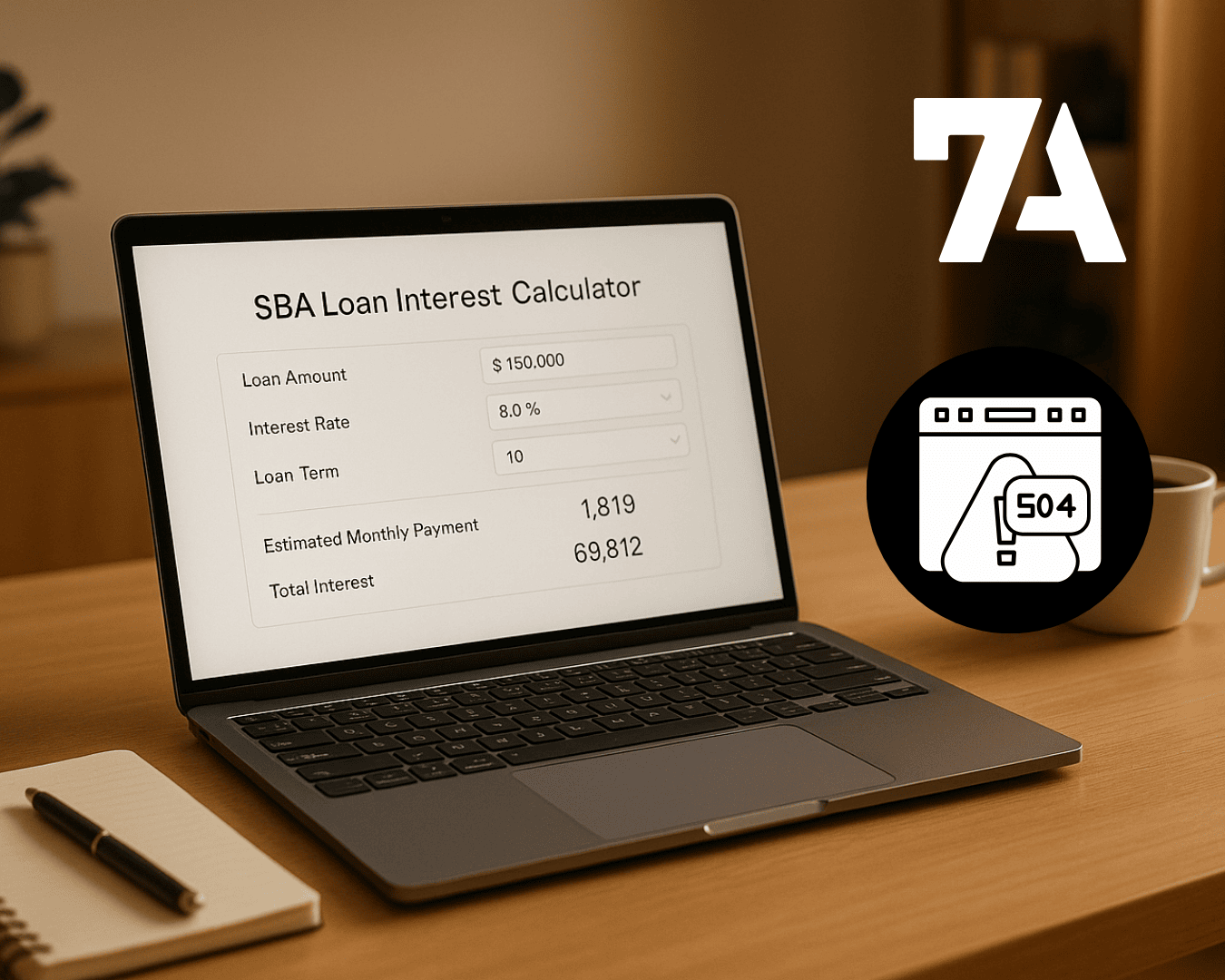








%20Loan%20Application%20Checklist.png)
